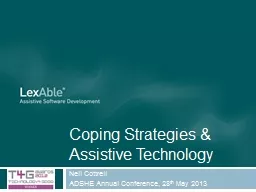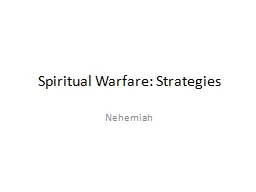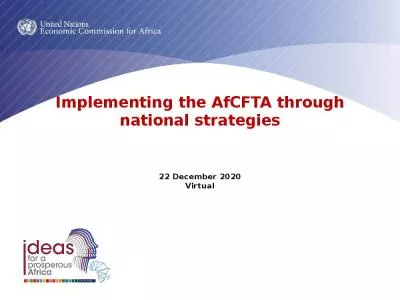PPT-Key Strategies
Author : pamella-moone | Published Date : 2015-10-31
House to house campaign All houses and premises in the district have to be visited by teams comprising of health local body staff and volunteers Each team should
Presentation Embed Code
Download Presentation
Download Presentation The PPT/PDF document "Key Strategies" is the property of its rightful owner. Permission is granted to download and print the materials on this website for personal, non-commercial use only, and to display it on your personal computer provided you do not modify the materials and that you retain all copyright notices contained in the materials. By downloading content from our website, you accept the terms of this agreement.
Key Strategies: Transcript
Download Rules Of Document
"Key Strategies"The content belongs to its owner. You may download and print it for personal use, without modification, and keep all copyright notices. By downloading, you agree to these terms.
Related Documents














